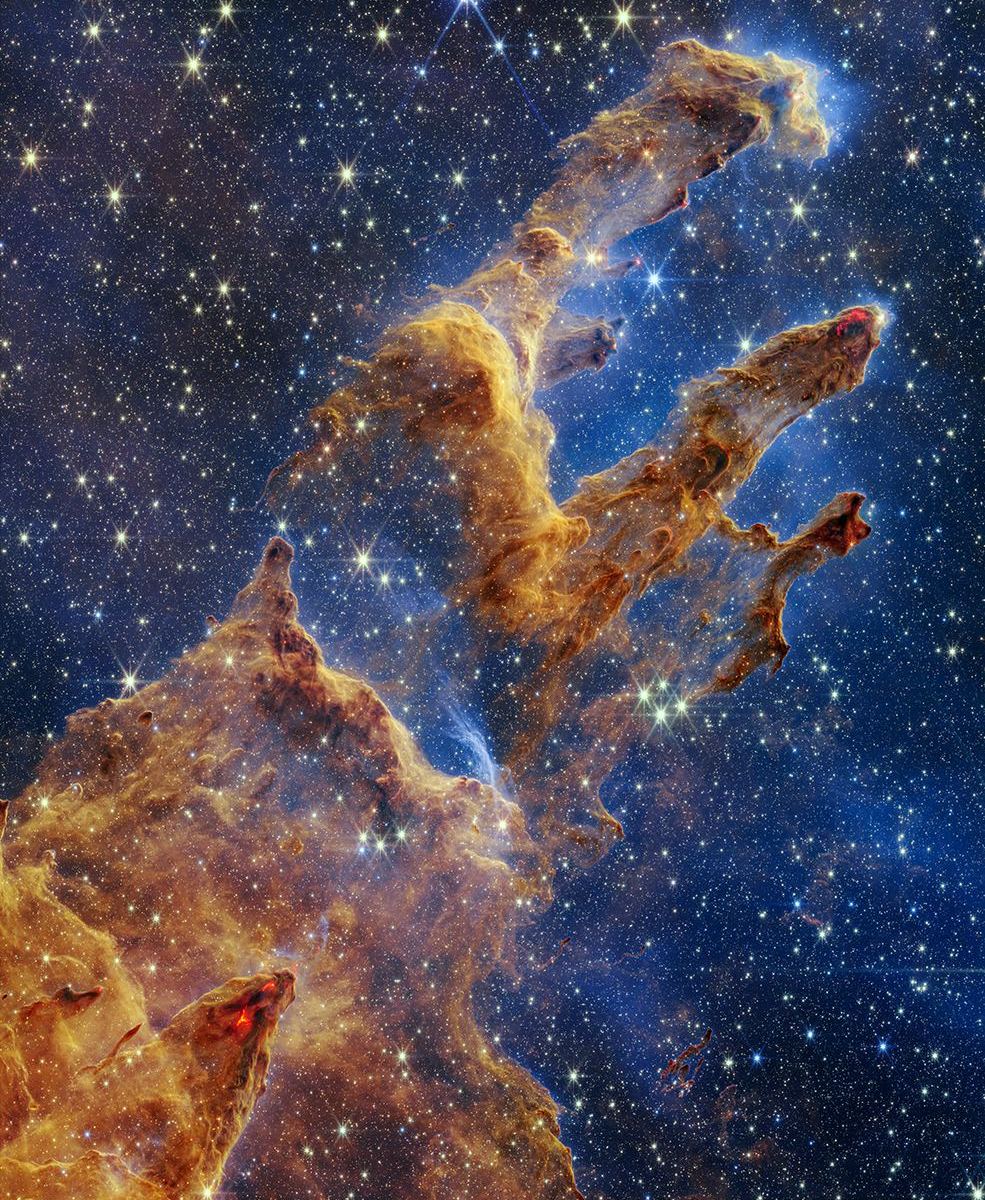[/caption]
The Omega Nebula goes by many names, depending on who observed it when and what they thought they saw. So, what do you see in this new image from the Very Large Telescope? This is one of the sharpest images of this nebula ever taken from the ground, and it reveals incredible detail in the smoky-pink gas clouds and dark dust, highlighted with brilliant newborn stars.
Astronomers from the European Southern Observatory said the “seeing” — a term astronomers use to measure the distorting effects of Earth’s atmosphere — on the night of the observations this image was taken was very good, thus this incredibly vivid image.
A common measure for seeing is the apparent diameter of a star when seen through a telescope. In this case, the measure of seeing was an extremely favorable 0.45 arcseconds, meaning little blurring and twinkling occurred while the VLT stared at this nebula.
The other names given to the Omega Nebula include the Swan Nebula, the Horseshoe Nebula and the Lobster Nebula. It also has the official catalog names of Messier 17 (M17) and NGC 6618. The nebula is located about 6,500 light-years away in the constellation of Sagittarius. It is a popular target of astronomers, and is one of the youngest and most active stellar nurseries for massive stars in the Milky Way.
The gas and dust visible in the Omega Nebula provides the raw materials for creating the next generation of stars. The newborn stars shine brightly in blue-white light, illuminating the entire nebula. , The gas appears in pink hues, as the hydrogen gas glows from the intense ultraviolet rays from the hot young stars.
The image was taken with the FORS (FOcal Reducer and Spectrograph) instrument on Antu, one of the four Unit Telescopes of the VLT.
Source: ESO



